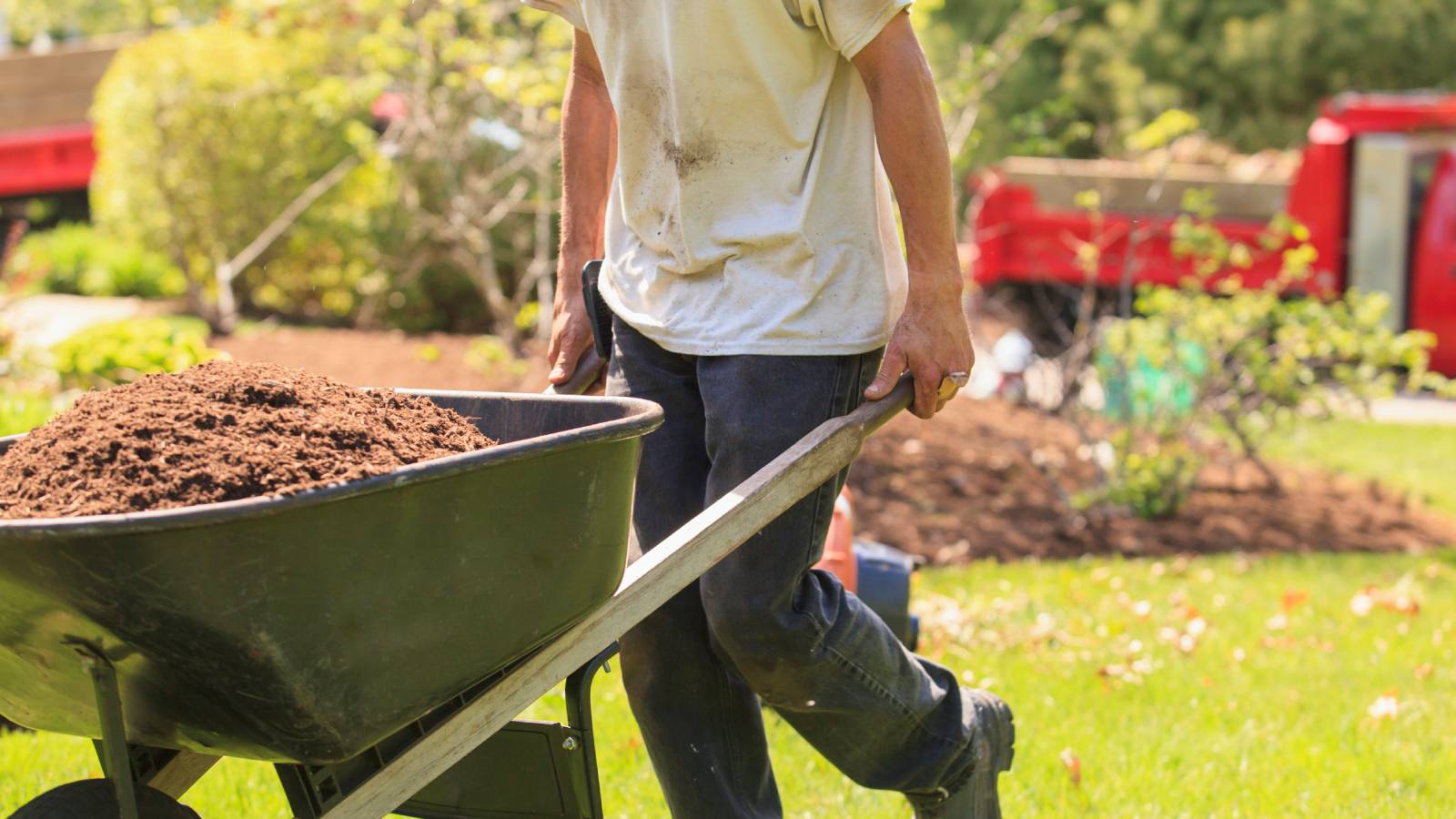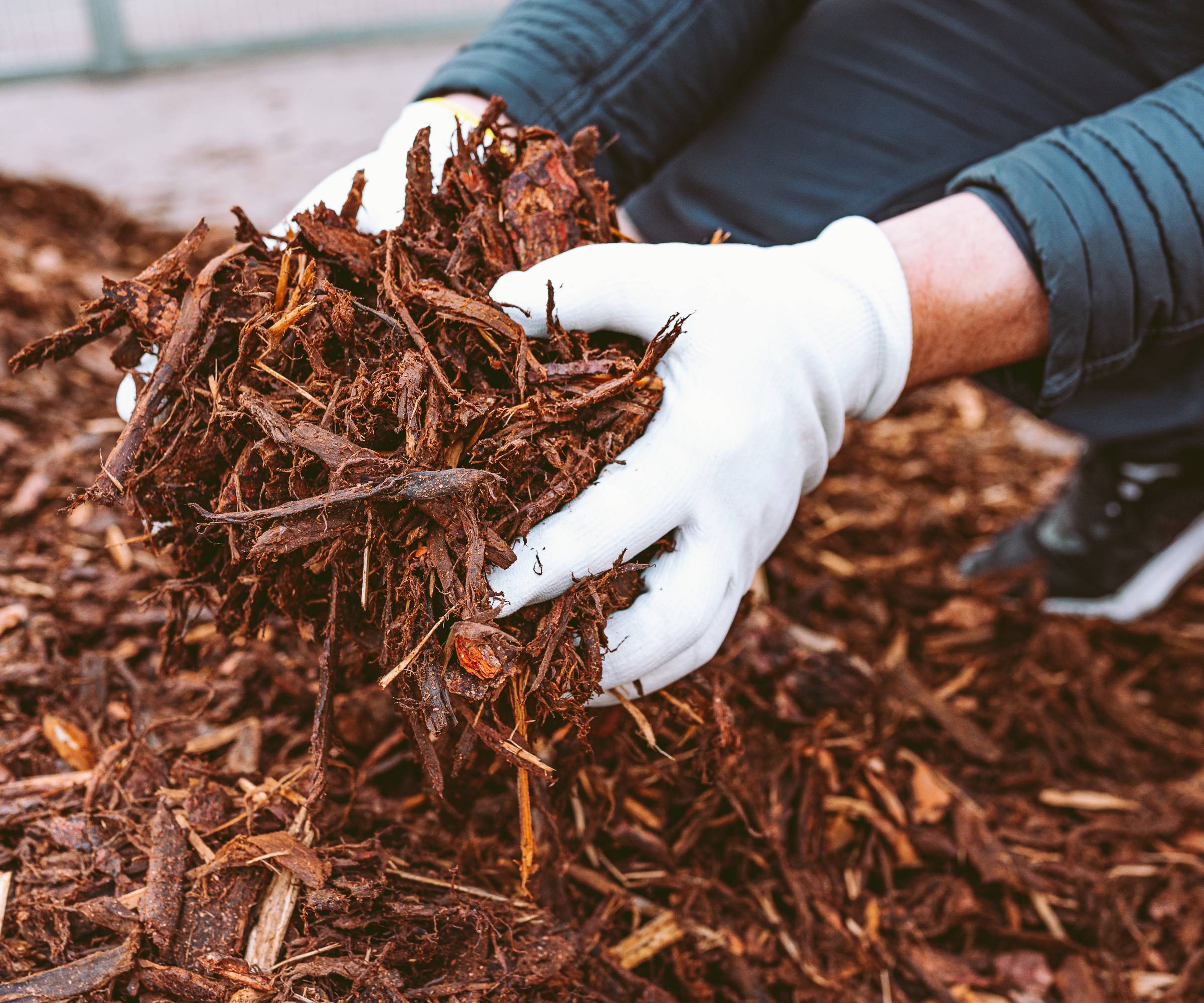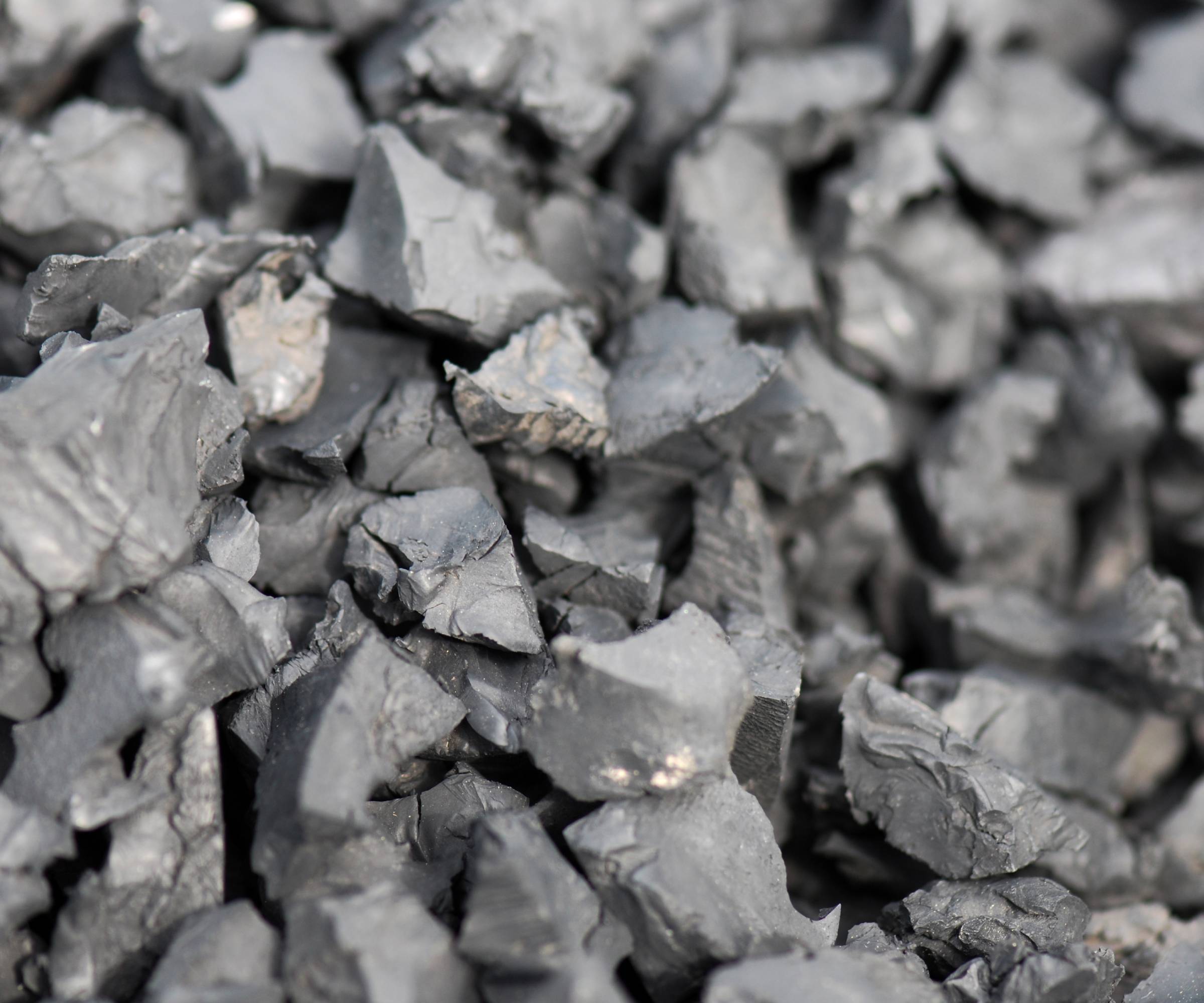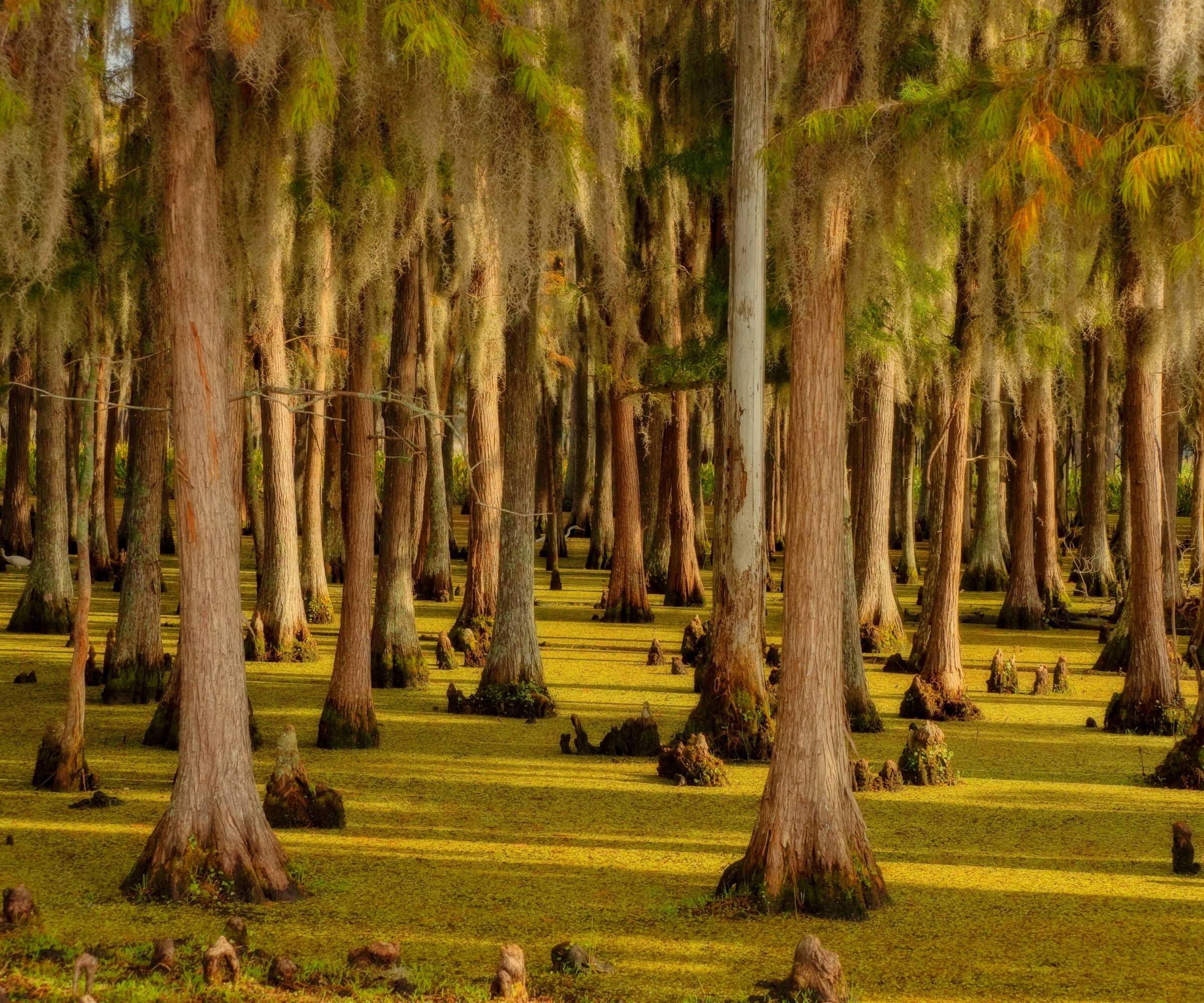Best Eco-Friendly Mulch: Learn Which Mulches Are The Best And Which to Stay Away From
Some of the best eco-friendly mulch might be closer at hand than you think. Learn about what’s good and bad about different types of mulch.


Kathleen Walters
Our readers often ask about the best eco-friendly mulch. We have some answers. Garden mulch benefits gardens of all sizes. It slows the growth of weeds, retains soil moisture, regulates soil temperature and when it is natural mulch, breaks down over time, gradually enriching the soil.
While all these are environmentally friendly results, is mulch good or bad for the environment? The answer to this question is complex. The best eco-friendly mulch is generally made from organic materials, but what if these materials are rare or made from threatened species? Odds are that it then isn’t sustainable and hence, not environmentally friendly mulch. Confused? Read on to learn about the best mulch for the environment.
What is an Eco-Friendly Mulch?
Here are some great mulch options that are good for your garden and also the environment:

- Fallen leaf mulch, especially oak leaves, makes a fine organic mulch as do grass clippings, but they both do break down quickly. Leaf mold, which is created as leaves decompose, is a magic mulch material that will transform your garden. Be sure to save some leaves in fall to reap the benefits.
- Pine bark mulch, a byproduct of the forest industry degrades slowly, comes in two forms, and is a rich brown color without any dyes.
- Pine needles, sometimes called pine straw mulch, is a byproduct of the production of paper and other wood products. The needles are raked up from the forest floor. They look very natural in the landscape, break down a bit slower than wood mulch, and are one of the less expensive mulch options.
- Some mulch is made from the invasive tree Melaleuca. Looking much like mixed hardwood or cypress mulches, this mulch is heated to kill any weed seeds. It lasts a long time, longer than pine bark or cypress.
- Mixed hardwood mulch is made from natural wood waste and small tree stems. It looks equally as good as cypress mulch. It settles faster than pine bark but much slower than pine needles or dead leaves.
- Utility mulch is often given away by your local utility company. It's made up of trees and plants that have been cut back because they’re too close to the power lines. While it is a good use of otherwise wasted product, be aware that it may come with weed seeds. This is a better choice for use on driveways and walkways, not flower or veggie gardens.
- Fast-growing eucalyptus is grown in South and Central Florida specifically to be made into mulch. Eucalyptus mulch is longer lasting than utility mulch.
Least Eco-Friendly Mulches
Not all mulches are created equal. Some mulches might seem like environmentally beneficial options at first glance, but actually, they are not.
Colored Garden Mulch
Mulching has many benefits some of which are listed above but for some people laying mulch is all about aesthetics. Often the impact their mulch choice has on the environment isn’t at the forefront of their decision making.
For example, take dyed mulch. While some people are concerned about the coloring or dye used on this type of mulch the real issue is the possibility of contamination with toxins. Sometimes the dyes are carbon-based, sometimes organic, or made with iron oxide. However the mulch is colored, there is no evidence that the dyes used are toxic. The problem is that some of this wood itself may be contaminated with creosote or even arsenic.
Most of the wood used in colored mulch is recycled which sounds good for the environment. The problem is that the wood is being recycled from sources that can be filled with chemicals that are harmful. These wood mulches can end up contaminating the soil, the waterways, flora and fauna, and are harmful to humans.
Sign up for the Gardening Know How newsletter today and receive a free copy of our e-book "How to Grow Delicious Tomatoes".
Dyed mulches also break down much more slowly than natural mulches, which seems like a good thing; there’s no need to replace or replenish the mulch as often. But actually, as the colored mulch breaks down it robs plants of nitrogen, unlike natural mulch which contributes nitrogen as it breaks down.
Rubber Mulch

While not aesthetically pleasing, rubber mulch would seem to be environmentally friendly – sort of. It is made from discarded tires that really have no other place to go except in a landfill. Unfortunately, although rubber mulch is long-lasting, it doesn’t impart nutrients back into the soil, is less effective in controlling weeds than other types of mulch, and is highly flammable.
While rubber mulch breaks down much slower than organic mulches, it is still broken down by microbes. Some of the additives in the tire manufacturing process are toxic to the bacteria that specialize in breaking down the rubber. These contaminated bacteria have been found in a variety of environments, including waterways.
In the end, while recycling used tires into garden mulch seems like a good way to handle this waste, it isn’t. Toxic substances from rubber degradation contaminate soil, landscape plants, and nearby water systems including the plants and animals of that ecosystem.
Cypress Mulch
Above we questioned the use of organic mulches when their sources might be endangered. Such is the case with cypress mulch. At one time, Florida was covered in hundreds of acres of old-growth cypress forest, a habitat for many birds, animals, and insects of these endangered wetlands.
Today, the old-growth forests are gone as are some of their inhabitants. These forests were lost to clearcutting. The remaining cypress of Florida are relatively young trees, but not are not around for long. Thousands of acres of cypress are logged each year to produce mulch. These trees that can live up to 1500 years, attain heights of 150 feet by 25 feet wide, and act as water filters for groundwater are, instead, harvested for mulch.

More On Sustainable Choices
- Keep plants, animals, and the Earth happy with your mulch choice. Learn more about the best natural mulch for your garden.
- Purchase eco-friendly garden items in the Gardening Know How Shop like Bee Cups or an In-Ground Worm Composter.
- Learn how your yard can support native ecosystems and earn an eco-habitat certification.
This article features products available from third-party vendors in the Gardening Know How Shop.

Amy Grant has been gardening for 30 years and writing for 15. A professional chef and caterer, Amy's area of expertise is culinary gardening.
- Kathleen WaltersContent Editor